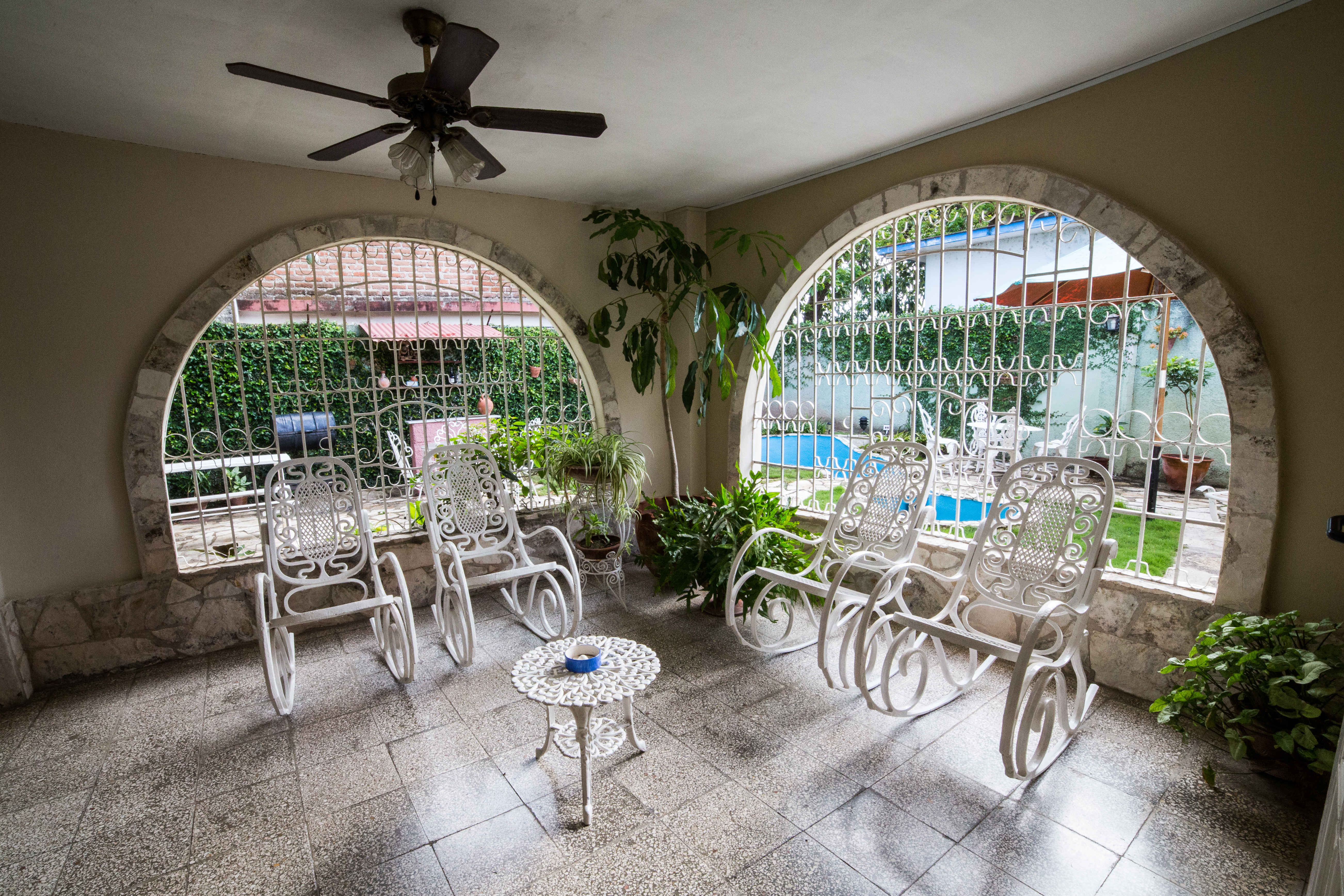Camaguey

Camagüey is a city and municipality in central Cuba and is the nation’s third largest city with more than 321,000 inhabitants. It is the capital of the Camagüey Province.
Camagüey was founded as Santa María del Puerto del Príncipe in 1514 by Spanish colonists led by Diego Velázquez de Cuéllarat a location now known as Nuevitas on the northern coast. It was one of the seven original settlements (villas) founded in Cuba by the Spanish. The settlement was moved inland in 1528 to the site of a Taino village named Camagüey. The village may have been named for a local chief, or perhaps for a tree endemic to the region.
The new city was built with a confusing lay-out of winding alleys. There are many blind alleys and forked streets that lead to squares of different sizes. One explanation is that this was done by design, to make the city easier to defend from any raiders; by the same version, the reason that there is only one exit from the city was that should pirates ever return and succeed in entering the city, it would be possible for local inhabitants to entrap and kill them. However, locals dispute this reasoning as a myth, asserting that in truth the city developed without planning, and that winding streets developed out of everybody wanting to stay close to their local church (the city has 15 of them).
| Country | Cuba |
|---|


